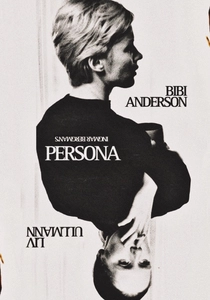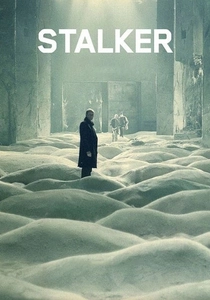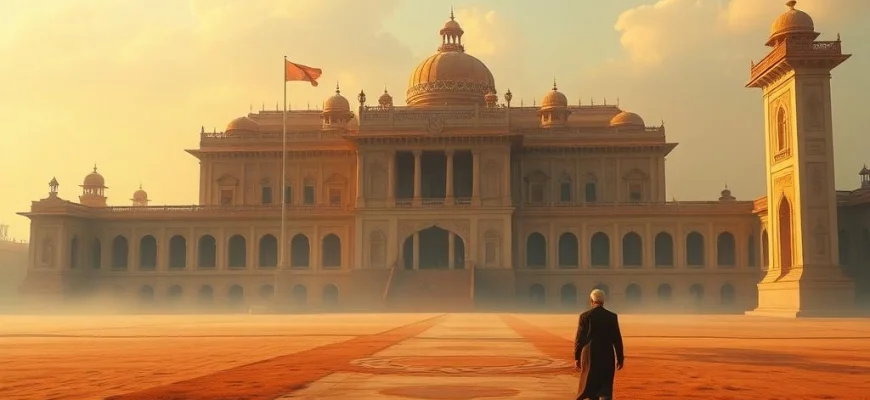If you were captivated by the mesmerizing single-take cinematography and historical grandeur of Russian Ark (2002), this article is for you. We’ve curated a list of 10 visually stunning and thematically rich films and shows that share its artistic ambition, immersive storytelling, or exploration of history. Whether you loved the film’s dreamlike journey through time or its technical brilliance, these recommendations will transport you to similarly breathtaking worlds.

The Passion of Joan of Arc (1928)
Description: A silent masterpiece that uses extreme close-ups and minimal sets to create an intense, spiritual experience focused on a historical figure's trial.
Fact: The original negative was destroyed in a fire, and for decades the film was seen only in poor quality versions until a pristine print was found in 1981 in a Norwegian mental hospital.
 Watch Now
Watch Now 
Vampyr (1932)
Description: An eerie, dreamlike horror film that creates atmosphere through surreal imagery and unconventional storytelling rather than traditional scares.
Fact: The director financed the film himself after being disappointed with Hollywood. Many scenes were intentionally shot out of focus to create a hazy, dreamlike effect.
 Watch Now
Watch Now 
The Seventh Seal (1957)
Description: A medieval allegory dealing with existential questions of life, death, and faith, presented through striking visual symbolism.
Fact: The iconic chess game with Death was improvised during filming. The film's title refers to a passage from the Book of Revelation.
 Watch Now
Watch Now 
Ivan's Childhood (1962)
Description: A haunting war drama that blends stark realism with dreamlike sequences, exploring trauma and lost innocence.
Fact: This was the director's first feature film. It won the Golden Lion at the Venice Film Festival in
 Watch Now
Watch Now 
Persona (1966)
Description: A psychological drama that blurs the lines between reality and illusion, featuring intense close-ups and experimental narrative techniques.
Fact: The film's famous opening sequence includes a brief shot of an erect penis, which was extremely controversial at the time. It was shot in just seven weeks.
 Watch Now
Watch Now 
The Color of Pomegranates (1969)
Description: A visually stunning, non-narrative biographical film that uses symbolic imagery and tableaux vivants to tell its story.
Fact: The film was banned in the Soviet Union for its unconventional style. It's structured as a series of poetic vignettes rather than a traditional plot.
 Watch Now
Watch Now 
Solaris (1972)
Description: Explores human consciousness and memory through a slow, meditative narrative set in an otherworldly space station.
Fact: The film's haunting score was created using a combination of classical music and electronic sounds. It was remade in 2002 by Steven Soderbergh.
 Watch Now
Watch Now 
Stalker (1979)
Description: A philosophical journey through a mysterious, dreamlike landscape, blending reality and surrealism with deep existential themes.
Fact: The film was shot three times due to the original negatives being destroyed in a lab accident. The Zone was filmed in abandoned industrial sites in Estonia.
 Watch Now
Watch Now 
The Sacrifice (1986)
Description: A deeply spiritual and visually poetic meditation on faith, sacrifice, and the end of the world, featuring long, uninterrupted takes.
Fact: This was the director's final film, completed shortly before his death. The burning house scene was filmed in a single take.
 Watch Now
Watch Now 
Three Colors: Blue (1993)
Description: A profound meditation on grief and personal freedom, told through meticulous composition and a focus on sensory experience over dialogue.
Fact: The film's famous swimming pool scene was achieved by coating the actress in special transparent glue to make the water droplets stick to her skin. It's the first part of a trilogy themed around the French Revolutionary ideals.
 Watch Now
Watch Now 








